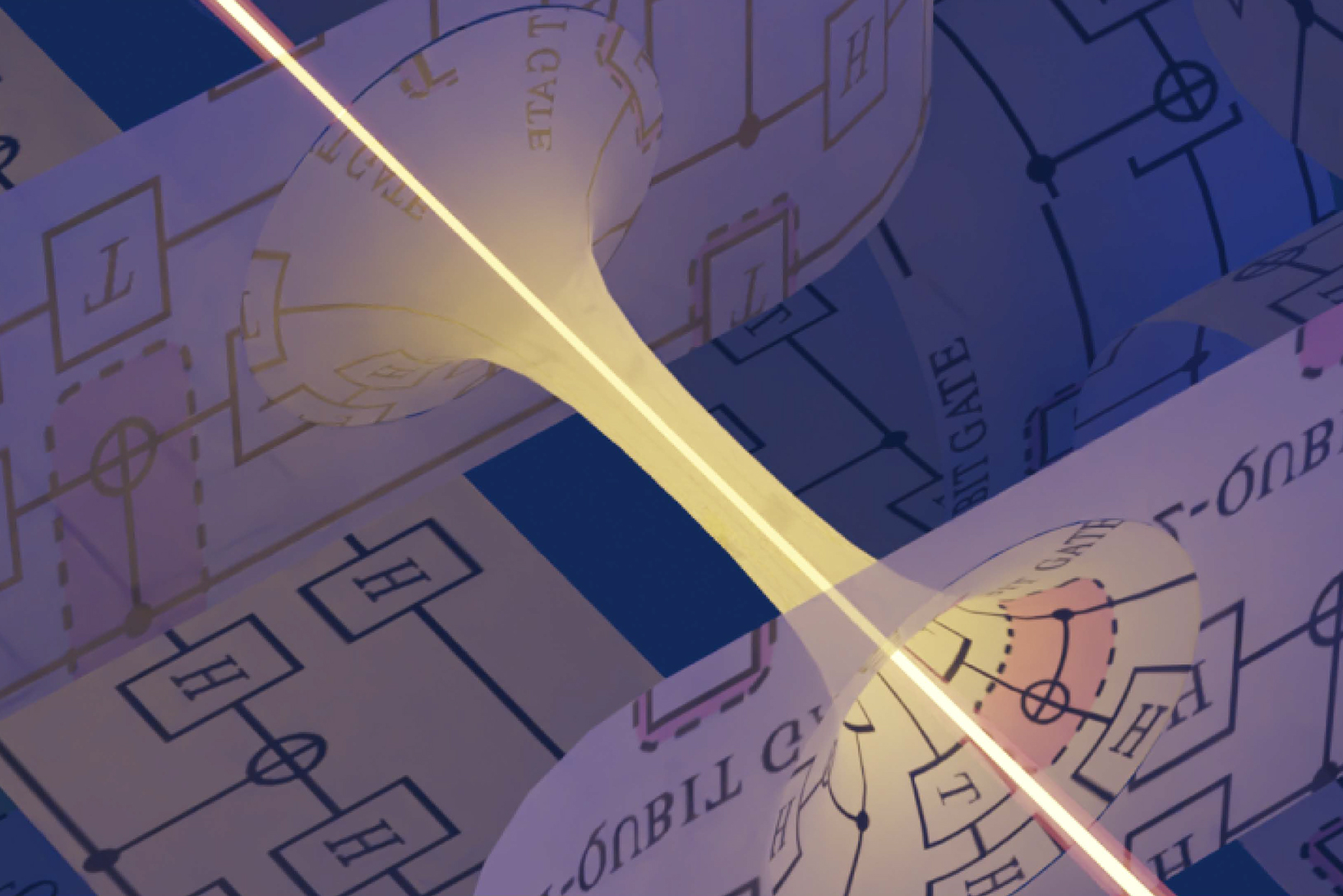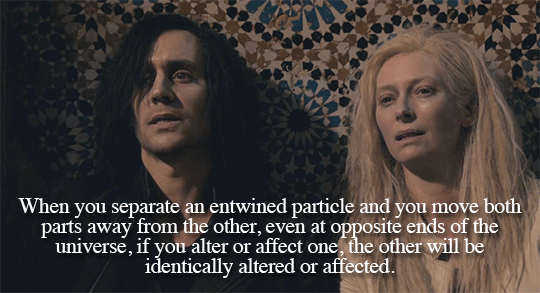SecretSquirrel
Veteran XV

MIT researchers use quantum computing to observe entanglement
For the first time, researchers at MIT’s Center for Theoretical Physics and elsewhere sent quantum information across a quantum system in what could be understood as traversing a wormhole.
Since they found the j curve "red" zone of entanglement, I can pretty much talk more openly about what happened in 2015 and 2016 to me. These guys are using a self-sharpening electron medium to form entanglement nodes to try and explore its properties and try and build computer systems. I've already talked to them a few times about their method, which is vastly different than the way my family was doing it. It took a while for my memory to catch up, but I think I was doing research in the same area and somebody stopped it. The stuff I remember was quite in advance of what they have so far done. I tried to sell these guys a shielding technology and was referred by a call to SPS NATO, so I am going to work with them as a side bit on some stuff.



